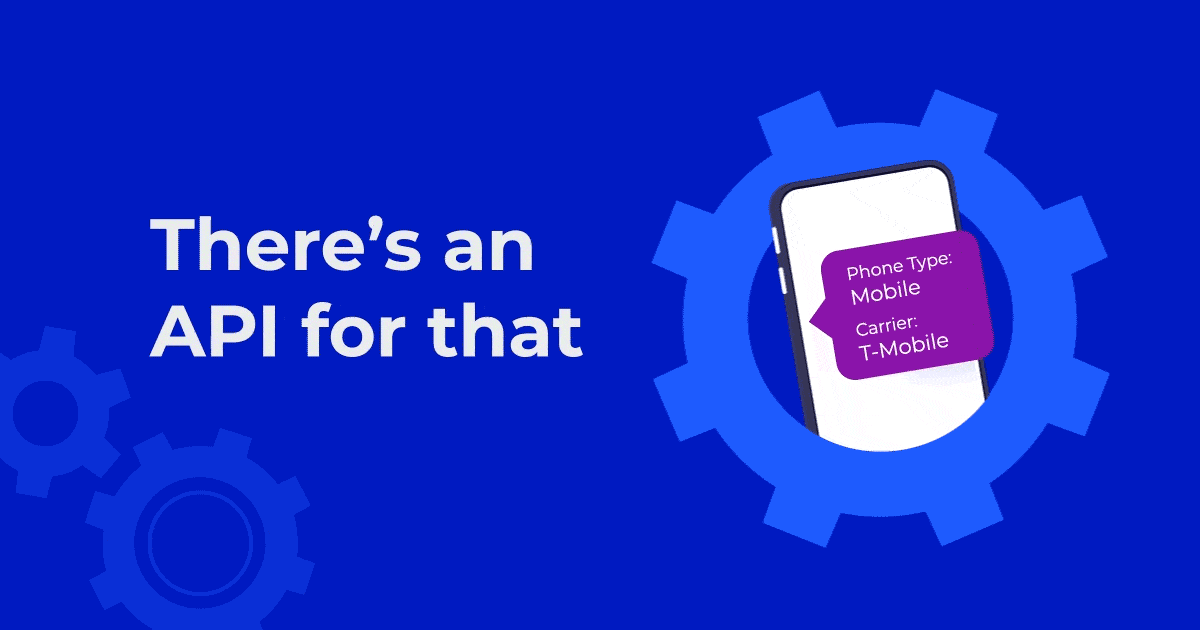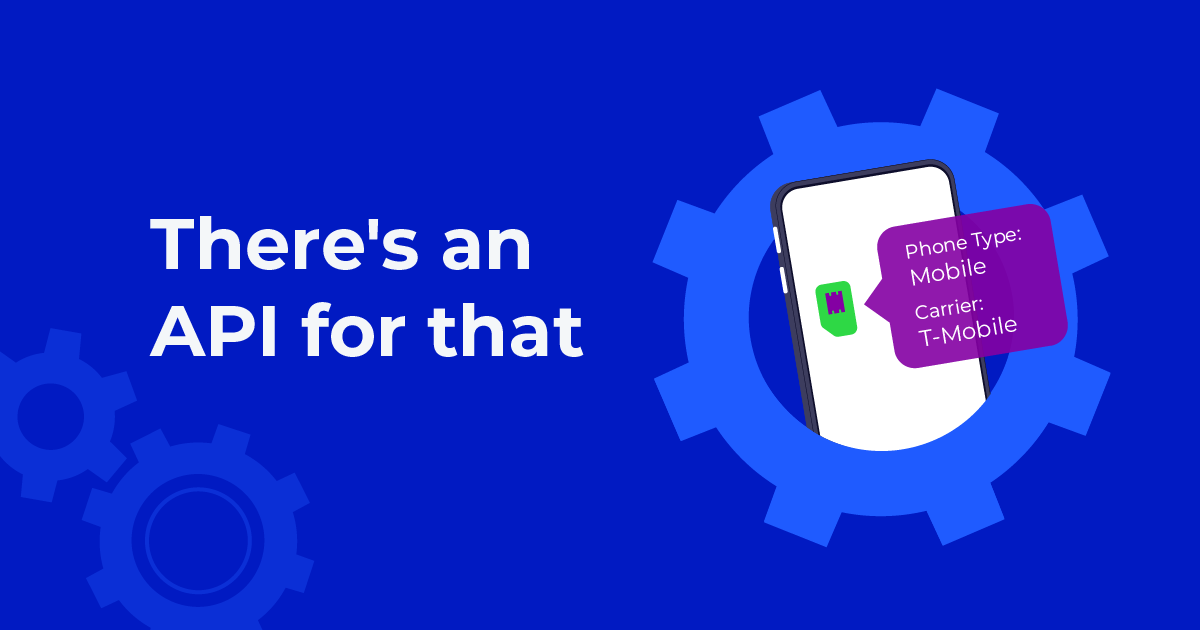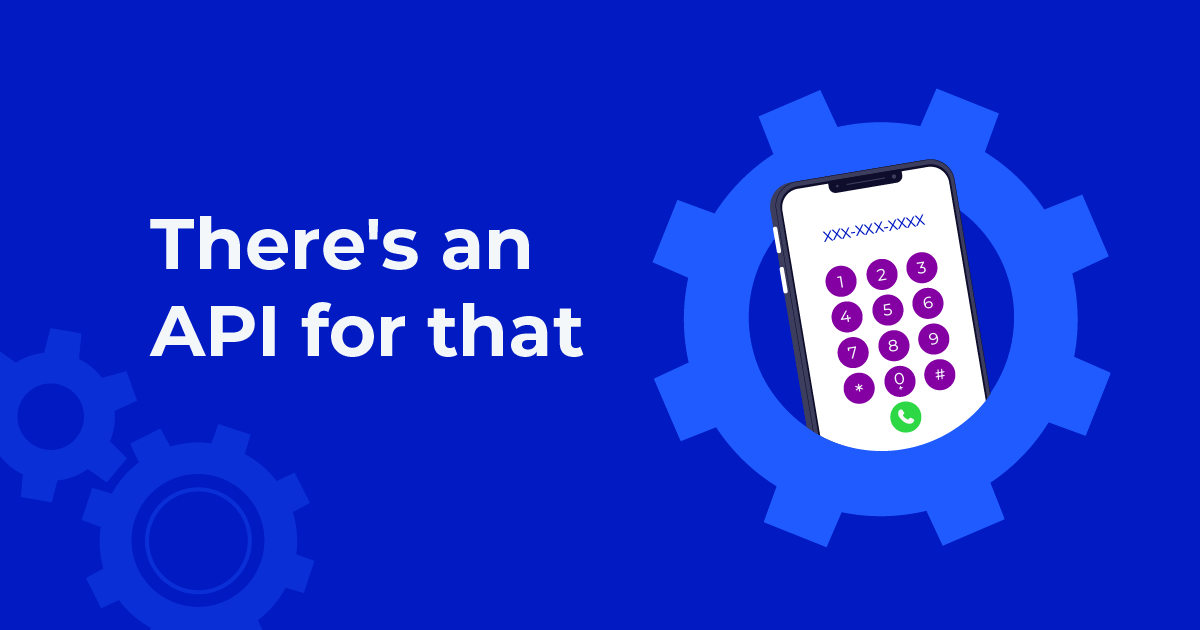
Voice over Internet Protocol (VoIP) numbers, which are virtual telephone numbers that enable users to make and receive voice calls over the internet, have recently gained popularity due to their cost-effectiveness, flexibility, and scalability. Anonymous VoIP numbers can be dangerous for businesses who communicate with their customers via SMS messages because they can be used to create fraudulent accounts or for promotion abuse. Not only do VoIP numbers open the door to fraudulent activities, but they also can result in financial losses associated with failed SMS deliveries.
In this API series blog, we’ll explore how Telesign can provide real-time insights about phone numbers to help you protect yourself from fraud attacks and avoid unnecessary costs from undeliverable SMS messages.
Protect against fraudulent account creation
Telesign Phone ID provides real-time global phone number information that can strengthen authentications, evaluate fraud risks, and help determine the best communication method for a phone number.
Each API call delivers a cleansed phone number along with the phone type (landline, mobile, VoIP, etc.), the carrier, and the phone’s registration status. By using Phone ID to determine if a phone number provided is a VoIP number, and then blocking VoIP phone numbers from creating new accounts, you can reduce fraudulent account creation and maintain more accurate customer contact records.
Reduce wasteful SMS costs
Help stop SMS messages from being sent to undeliverable and fraudulent phone numbers such as landlines and VoIP numbers. By working to only send SMS messages to valid mobile phone numbers, Phone ID helps you increase delivery rates, improve the effectiveness of your SMS campaigns, and reduce costs associated with failed delivery attempts.
How Phone ID works

Try it and learn more through developer resources
Try Phone ID with a free trial account. After sign-up, you’ll get instant access to an API Key and complimentary test credits to run Phone ID checks on test phone numbers.
Follow this step-by-step tutorial to learn how to write code that makes a request to Telesign Phone ID using an SDK to identify voice over internet protocol (VoIP) numbers, so you can block them.
Check out what else our APIs can do to help your business combat fraud and engage customers with our “There’s an API for that” blog series:



